HSBC 2002 Annual Report Download - page 136
Download and view the complete annual report
Please find page 136 of the 2002 HSBC annual report below. You can navigate through the pages in the report by either clicking on the pages listed below, or by using the keyword search tool below to find specific information within the annual report.-
 1
1 -
 2
2 -
 3
3 -
 4
4 -
 5
5 -
 6
6 -
 7
7 -
 8
8 -
 9
9 -
 10
10 -
 11
11 -
 12
12 -
 13
13 -
 14
14 -
 15
15 -
 16
16 -
 17
17 -
 18
18 -
 19
19 -
 20
20 -
 21
21 -
 22
22 -
 23
23 -
 24
24 -
 25
25 -
 26
26 -
 27
27 -
 28
28 -
 29
29 -
 30
30 -
 31
31 -
 32
32 -
 33
33 -
 34
34 -
 35
35 -
 36
36 -
 37
37 -
 38
38 -
 39
39 -
 40
40 -
 41
41 -
 42
42 -
 43
43 -
 44
44 -
 45
45 -
 46
46 -
 47
47 -
 48
48 -
 49
49 -
 50
50 -
 51
51 -
 52
52 -
 53
53 -
 54
54 -
 55
55 -
 56
56 -
 57
57 -
 58
58 -
 59
59 -
 60
60 -
 61
61 -
 62
62 -
 63
63 -
 64
64 -
 65
65 -
 66
66 -
 67
67 -
 68
68 -
 69
69 -
 70
70 -
 71
71 -
 72
72 -
 73
73 -
 74
74 -
 75
75 -
 76
76 -
 77
77 -
 78
78 -
 79
79 -
 80
80 -
 81
81 -
 82
82 -
 83
83 -
 84
84 -
 85
85 -
 86
86 -
 87
87 -
 88
88 -
 89
89 -
 90
90 -
 91
91 -
 92
92 -
 93
93 -
 94
94 -
 95
95 -
 96
96 -
 97
97 -
 98
98 -
 99
99 -
 100
100 -
 101
101 -
 102
102 -
 103
103 -
 104
104 -
 105
105 -
 106
106 -
 107
107 -
 108
108 -
 109
109 -
 110
110 -
 111
111 -
 112
112 -
 113
113 -
 114
114 -
 115
115 -
 116
116 -
 117
117 -
 118
118 -
 119
119 -
 120
120 -
 121
121 -
 122
122 -
 123
123 -
 124
124 -
 125
125 -
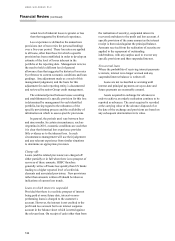 126
126 -
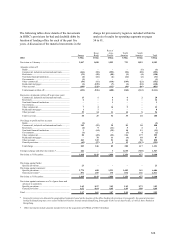 127
127 -
 128
128 -
 129
129 -
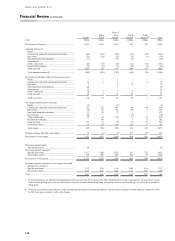 130
130 -
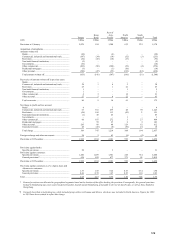 131
131 -
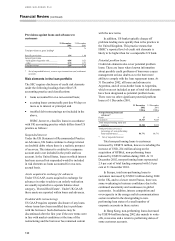 132
132 -
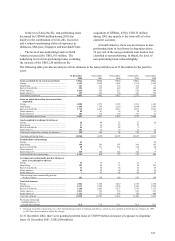 133
133 -
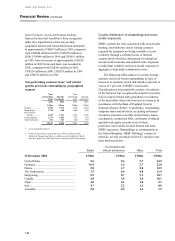 134
134 -
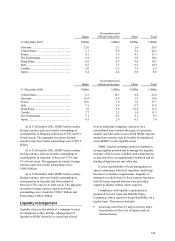 135
135 -
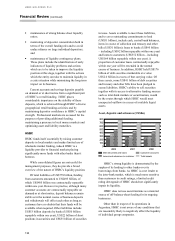 136
136 -
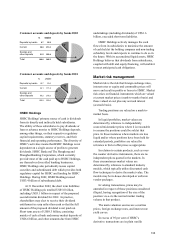 137
137 -
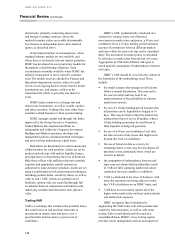 138
138 -
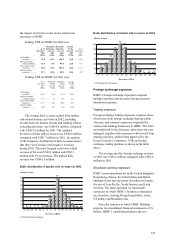 139
139 -
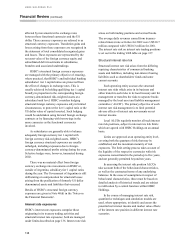 140
140 -
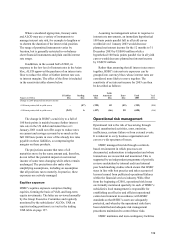 141
141 -
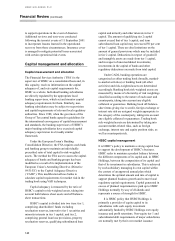 142
142 -
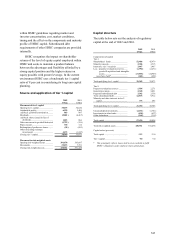 143
143 -
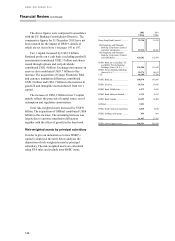 144
144 -
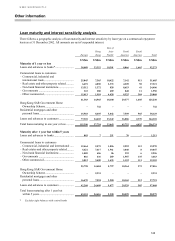 145
145 -
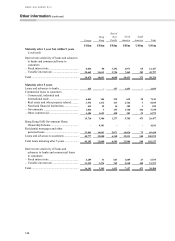 146
146 -
 147
147 -
 148
148 -
 149
149 -
 150
150 -
 151
151 -
 152
152 -
 153
153 -
 154
154 -
 155
155 -
 156
156 -
 157
157 -
 158
158 -
 159
159 -
 160
160 -
 161
161 -
 162
162 -
 163
163 -
 164
164 -
 165
165 -
 166
166 -
 167
167 -
 168
168 -
 169
169 -
 170
170 -
 171
171 -
 172
172 -
 173
173 -
 174
174 -
 175
175 -
 176
176 -
 177
177 -
 178
178 -
 179
179 -
 180
180 -
 181
181 -
 182
182 -
 183
183 -
 184
184 -
 185
185 -
 186
186 -
 187
187 -
 188
188 -
 189
189 -
 190
190 -
 191
191 -
 192
192 -
 193
193 -
 194
194 -
 195
195 -
 196
196 -
 197
197 -
 198
198 -
 199
199 -
 200
200 -
 201
201 -
 202
202 -
 203
203 -
 204
204 -
 205
205 -
 206
206 -
 207
207 -
 208
208 -
 209
209 -
 210
210 -
 211
211 -
 212
212 -
 213
213 -
 214
214 -
 215
215 -
 216
216 -
 217
217 -
 218
218 -
 219
219 -
 220
220 -
 221
221 -
 222
222 -
 223
223 -
 224
224 -
 225
225 -
 226
226 -
 227
227 -
 228
228 -
 229
229 -
 230
230 -
 231
231 -
 232
232 -
 233
233 -
 234
234 -
 235
235 -
 236
236 -
 237
237 -
 238
238 -
 239
239 -
 240
240 -
 241
241 -
 242
242 -
 243
243 -
 244
244 -
 245
245 -
 246
246 -
 247
247 -
 248
248 -
 249
249 -
 250
250 -
 251
251 -
 252
252 -
 253
253 -
 254
254 -
 255
255 -
 256
256 -
 257
257 -
 258
258 -
 259
259 -
 260
260 -
 261
261 -
 262
262 -
 263
263 -
 264
264 -
 265
265 -
 266
266 -
 267
267 -
 268
268 -
 269
269 -
 270
270 -
 271
271 -
 272
272 -
 273
273 -
 274
274 -
 275
275 -
 276
276 -
 277
277 -
 278
278 -
 279
279 -
 280
280 -
 281
281 -
 282
282 -
 283
283 -
 284
284 -
 285
285 -
 286
286 -
 287
287 -
 288
288 -
 289
289 -
 290
290 -
 291
291 -
 292
292 -
 293
293 -
 294
294 -
 295
295 -
 296
296 -
 297
297 -
 298
298 -
 299
299 -
 300
300 -
 301
301 -
 302
302 -
 303
303 -
 304
304 -
 305
305 -
 306
306 -
 307
307 -
 308
308 -
 309
309 -
 310
310 -
 311
311 -
 312
312 -
 313
313 -
 314
314 -
 315
315 -
 316
316 -
 317
317 -
 318
318 -
 319
319 -
 320
320 -
 321
321 -
 322
322 -
 323
323 -
 324
324 -
 325
325 -
 326
326 -
 327
327 -
 328
328 -
 329
329
 |
 |

HSBC HOLDINGS PLC
Financial Review (continued)
134
• maintenance of strong balance sheet liquidity
ratios;
• monitoring of depositor concentration both in
terms of the overall funding mix and to avoid
undue reliance on large individual depositors;
and
• maintenance of liquidity contingency plans.
These plans include the identification of early
indicators of liquidity problems and actions
which are to be taken to improve the liquidity
position at this stage, together with the actions
which the entity can take to maintain liquidity in
a crisis situation while minimising the long-term
impact on its business.
Current accounts and savings deposits payable
on demand or at short notice form a significant part
of HSBC’s overall funding. HSBC places
considerable importance on the stability of these
deposits, which is achieved through HSBC’s diverse
geographical retail banking activities and by
maintaining depositor confidence in HSBC’ s capital
strength. Professional markets are accessed for the
purposes of providing additional funding,
maintaining a presence in local money markets and
optimising asset and liability maturities.
HSBC
HSBC funds itself essentially by raising customer
deposits in local markets and makes limited use of
wholesale market funding, indeed HSBC is a
liquidity provider to financial markets placing
significantly more funds with other banks than it
borrows.
While consolidated figures are not useful for
management purposes, they do provide a broad
overview of the nature of HSBC's liquidity position.
Of total liabilities of US$759 billion, funding
from customers amounted to US$495 billion, of
which US$485 billion was contractually repayable
within one year. However in practice, although many
customer accounts are contractually repayable on
demand or at short notice, deposit balances remain
stable as in the normal course of business deposits
and withdrawals will offset each other as long as
customers have no doubts that their funds will be
available when required. Other liabilities include
US$53 billion deposits by banks (US$50 billion
repayable within one year), US$22 billion of short
positions in securities and US$35 billion of securities
in issue. Assets available to meet these liabilities,
and to cover outstanding commitments to lend
(US$51 billion), include cash, central bank balances,
items in course of collection and treasury and other
bills (US$31 billion); loans to banks (US$95 billion
– including US$92 billion repayable within one year)
and loans to customers (US$352 billion – including
US$164 billion repayable within one year). A
proportion of customer loans contractually repayable
within one year will be extended in the normal
course of business. In addition, HSBC held US$176
billion of debt securities marketable at a value
US$2.0 billion in excess of that carrying value. Of
these assets, some US$41 billion of debt securities
and treasury and other bills have been pledged to
secure liabilities. HSBC’s ability to sell securities
together with its access to alternative funding sources
such as inter-bank markets or securitisation, would
be the routes through which HSBC would meet
unexpected outflows in excess of available liquid
assets.
Asset, deposits and advances (US$bn)
Debt securities and loans Customer accounts
Loans and advances to customer Total assets
HSBC’s strong liquidity is demonstrated by the
surplus of its lending to other banks over its
borrowings from banks. As HSBC is a net lender to
the inter-bank market, which is much more sensitive
than customers to credit ratings, a limited credit
rating downgrade of HSBC should not significantly
impair its liquidity.
HSBC does not use securitisations as a material
source of off-balance-sheet funding for its ongoing
businesses.
Other than in respect of its operations in
Argentina, HSBC is not aware of any conditions that
are reasonably likely to negatively affect the liquidity
of individual group companies.
271.2
352.3
495.4
759.3
265.2 308.6
450.0
696.2
258.8 289.8
427.1
674.3
0
100
200
300
400
500
600
700
800
2002 2001 2000
